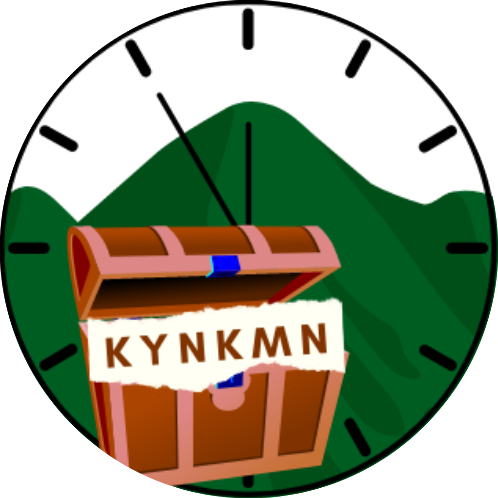Project Description
We aim to create a digital repository of Ivatan oral traditions to preserve and celebrate these slowly vanishing traditions. We also envision a comprehensive platform that will showcase the rich cultural heritage of the Ivatan people, offering educational resources that will help promote the importance of cultural preservation and heritage conservation. This website includes texts and audio of traditional stories, riddles, proverbs, and songs of the Ivatan people. It also intends to have an impact on the field of anthropology, particularly cultural anthropology, by sparking interest in the topic and encouraging both foreign and local researchers to begin their work locally advancing the knowledge about the Ivatan oral traditions.

Mission
To help preserve Ivatan Oral Traditions through digital means by integrating ICT tools and involving the youth in the making of the project.
Vision
To establish KYNKMN as a primary Ivatan Oral Tradition digital repository to easily provide information and entertainment to anyone interested in it.

Remarks
This Website is a Capstone Project made by the developers, If you wish to give feedback, open the left link provided down below. If you wish to contribute a story or songs etc. open the right link
F.A.Q
Frequently Asked Questions
-
1. Who are the Ivatan people?
The Ivatan people are an ethnolinguistic group from the northernmost province of the Philippines, the Province of Batanes. They can trace their ancestors back to the Austronesians. Ivatans are famously known for their honesty, hospitality, and resiliency from disasters, especially typhoons. Moreover, their culture has been mainly shaped by their environment.
-
2. What are Ivatan Oral Traditions?
Ivatan Oral Traditions are mainly divided into two: the non-sung tradition and the sung tradition. To the non-sung tradition belong kabbata (legends), kabbuni (riddles), pananahan (proverbs), sisyavak (humorous anecdotes and tales), and istorya (Spanish-influenced stories). The sung tradition belongs to kalusan (working songs), laji (ballads), and Kanta (Spanish-influenced songs and other contemporary songs). In Itbayat, Rawud (lamenting songs which are older than lajis) and Dawuh (songs during yam harvesting) also exist.
-
3. What is Kabbata?
Kabbata are the legends of the Ivatans. They are also called “Kavvatahen.” These are usually narrated during drinking sessions or when an older person wishes to entertain a child. To this belong the life story of Mangpus Tayung, Mangpus Jade, Mangpus Minamina, Mangpus Aphas, Layin, Pudalan, and how Iraya, Raele, and the Natu tree came to be. In Itbayat, they believe that when you tell these stories during the day, you will turn into a tuxed (a small animal).
-
4. What is Pananahan?
Pananahan are the proverbs of the Ivatans. It is used to give lessons to people of all ages as it reflects common happenings in the daily life of the Ivatams. It is usually metaphorical in nature (usually using analogy).
-
5. What is Kabbuni?
Kabbuni are the riddles of the Ivatans. It is usually used by adults to amuse children. The topics are usually obtained from objects, phenomena, or living things found in the natural environment of the Ivatans. Before presenting the riddle, they would usually say “Buni mu buni ku aya” (Guess my riddle) or “Benek mu benek ku aya. Kabbenek mu’ya.”
-
6. What is Kalusan?
Kalusan are working songs sung by farmers, boatmen, and lumbermen. It is usually preceded by a song called Vachi, which is sung by the leader of the group. She is called mayvachi when she sings the vachi. When she becomes the leader of the Kalusan, she is then called manlachi. However, in Itbayata Karusan are mainly sung during the wake of a dead person.
-
7. What is Laji?
Laji is a lyric folk song that uses poetry to convey a message to its audience. Whatever the event is or whatever the singer’s emotion is, you can sing laji. It is also used during kayun (pre-wedding ceremonies).
-
8. What is the difference between Kanta and Laji?
Kanta are those popular songs that are mainly Spanish-influenced or are considered contemporary. These songs are usually romantic or sentimental love songs. However, it also covers topics about being proud to be an Ivatan. Lajis have at least one melody for each line. These are pre-colonial songs. Kanta, on the other, has multiple melodies.
Team
Our team is always here to help
.jpg)
Guilbert C. Bongay
Project Manager
Ralph Daniel L. Puriran
Implementing and Information Manager
James Brylle E. Cabugao
Head System Developer and DesignerContact Us
Contact us the get started
Location:
Basco, Batanes, Philippines
Email:
kynkmnguiljimrap2023@gmail.com
